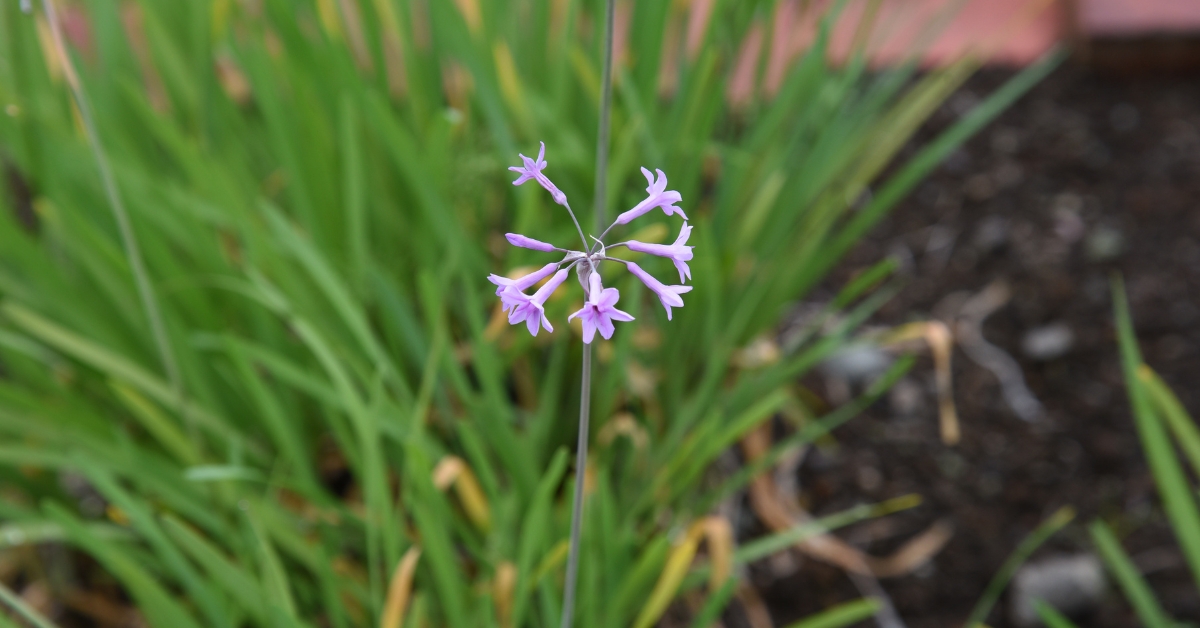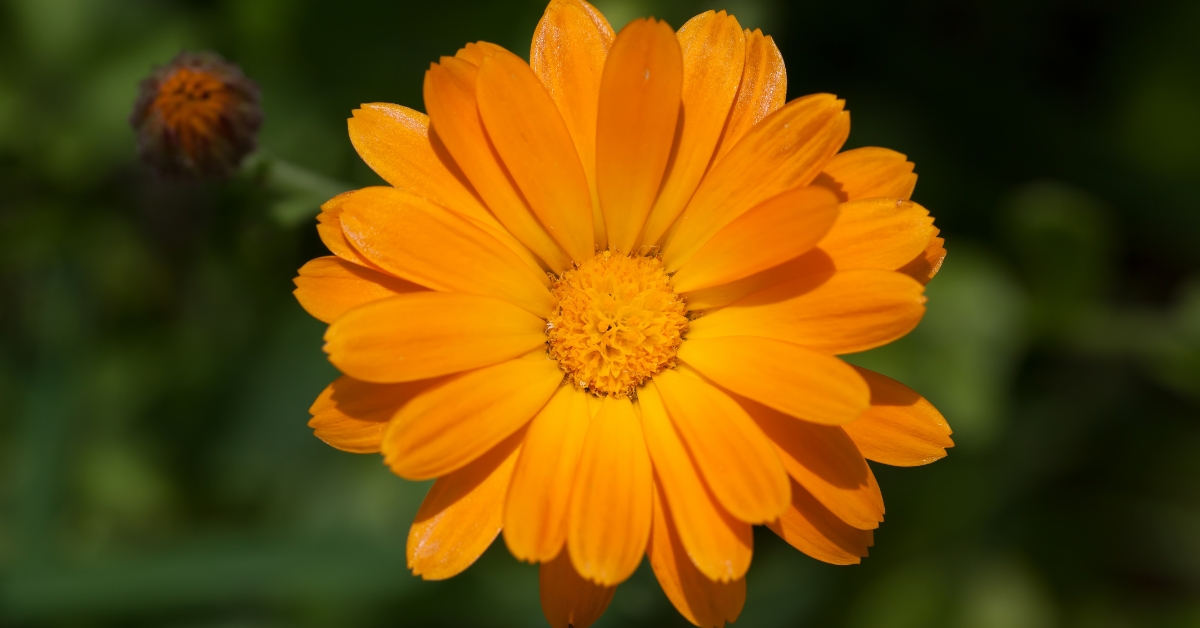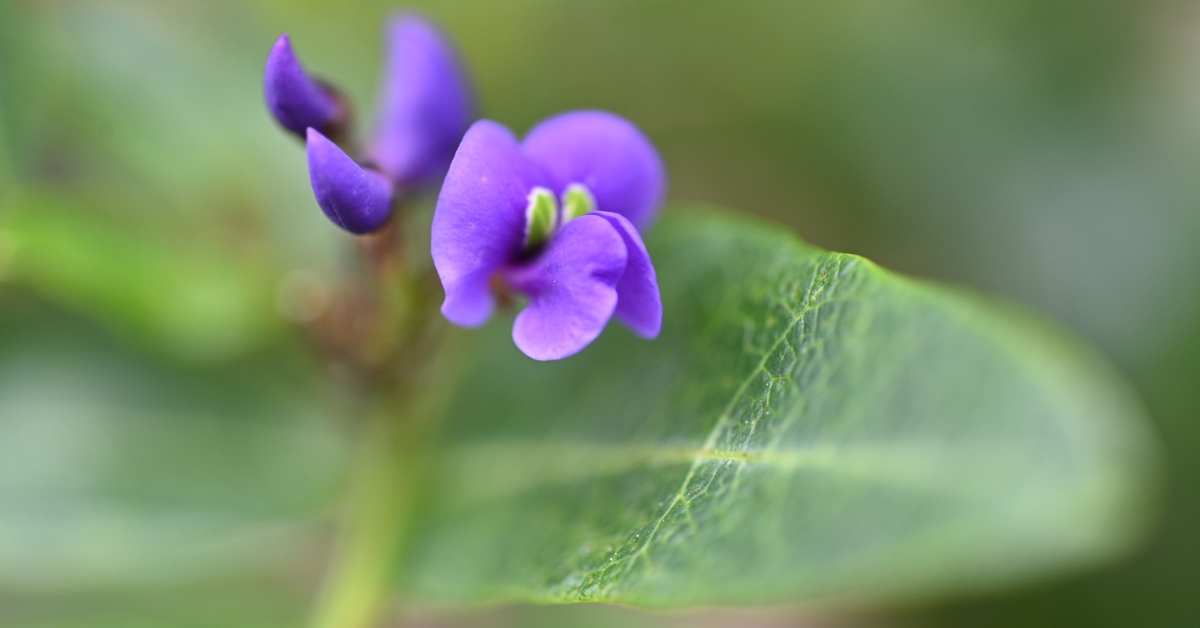One of the most versatile and reliable plants I’ve grown in my garden is Tulbaghia violacea, also known as society garlic. With its pretty purple flowers and mild garlic scent, it does double duty as both an ornamental plant and a natural pest deterrent. Native to southern Africa, this clumping perennial tolerates drought, poor soil, and even light frost — making it a favorite among gardeners looking for low-maintenance, long-blooming additions.
Let’s dive into what makes Tulbaghia violacea worth planting and how to care for it throughout the year.
Plant Details at a Glance
| Feature | Details |
|---|---|
| Available Colors | Lavender-purple (flowers); gray-green (foliage) |
| Bloom Time | Late spring to fall (sometimes year-round) |
| Height Range | 12 to 24 inches |
| Space Range | 12 to 18 inches wide |
| Temperature Range | 20–90°F (Hardy in zones 7–10) |
| Plant Light | Full sun to partial shade |
| Companion Plants | Lavender, salvia, rosemary, ornamental grasses |
What Is Tulbaghia violacea?
Tulbaghia violacea is a member of the amaryllis family, though it looks more like a type of ornamental onion. It produces slender, strappy leaves with a garlicky scent when crushed and clusters of small, star-shaped flowers that rise on long stalks above the foliage.
The name “society garlic” supposedly comes from the idea that its mild garlic scent is socially acceptable — unlike the stronger odor of true garlic. I’ve grown it along paths and near seating areas, and while you can smell it if you brush against the leaves, it’s not overpowering.
This plant is perfect for borders, rock gardens, herb beds, or containers. It also attracts bees and butterflies, while repelling deer and some pests.
Sunlight and Planting Location
Tulbaghia violacea thrives in full sun, but it will tolerate partial shade, especially in hot summer climates. In my garden, it gets about 6 hours of sun a day and blooms non-stop from late spring through early winter.
It works well in many garden styles — drought-tolerant landscapes, cottage gardens, even modern beds where its linear leaves contrast beautifully with rounded shrubs or flowing grasses.
Soil and Watering Needs
This plant prefers well-drained soil and doesn’t need rich amendments. If you have clay soil, adding compost or sand can improve drainage. I’ve planted it in slightly sandy soil near lavender and rosemary, and it grows just fine with minimal fuss.
Once established, Tulbaghia is drought-tolerant, but I water mine once a week during long dry periods to keep the blooms coming. Avoid overwatering, especially in containers. The fleshy roots can rot in soggy soil.
Fertilizing and Maintenance
You don’t need much fertilizer with society garlic. I feed it lightly in spring with a balanced slow-release fertilizer, and that seems to be enough for the rest of the season.
Deadheading isn’t necessary, but I often remove faded flower stalks to keep the plant tidy. In late fall, I trim the leaves back slightly to maintain a neat shape.
Every 3 to 4 years, the clumps may become crowded. You can dig up and divide the plant in early spring or late fall — a great way to spread it around your yard or share with friends.
Pest and Disease Resistance
One of the best things about Tulbaghia violacea is how resilient it is. It’s deer-resistant, rabbit-resistant, and even helps repel aphids and whiteflies when planted near more vulnerable plants.
It rarely suffers from disease. Just be sure not to crowd it too closely with other plants to maintain good airflow and prevent fungal problems.
Edibility and Use
While it’s mainly grown as an ornamental plant, Tulbaghia violacea is also edible. The leaves and flowers have a mild garlic flavor and can be used to flavor soups, salads, and stir-fries. I’ve tossed a few chopped leaves into pasta dishes — just enough for a subtle kick without the harshness of raw garlic.
That said, it’s not related to true garlic (Allium sativum) and should be used in moderation, especially if you’re unfamiliar with its flavor.
Companion Plant Suggestions
This plant pairs well with other drought-tolerant herbs and perennials. I like combining it with lavender, salvia, and rosemary for a Mediterranean look. It also adds vertical interest when planted alongside low-growing succulents or ornamental grasses.
It makes a good border plant too, especially along paths or around vegetable gardens where its scent helps keep pests at bay.
Final Thoughts
If you’re looking for a hardy, attractive, and useful plant, Tulbaghia violacea checks all the boxes. It’s tough, blooms for months, and has edible and pest-repelling properties. In my own experience, it’s one of the easiest plants to grow — even in less-than-perfect conditions. Just give it some sun, well-draining soil, and occasional water, and it will reward you with color and usefulness all season long.



